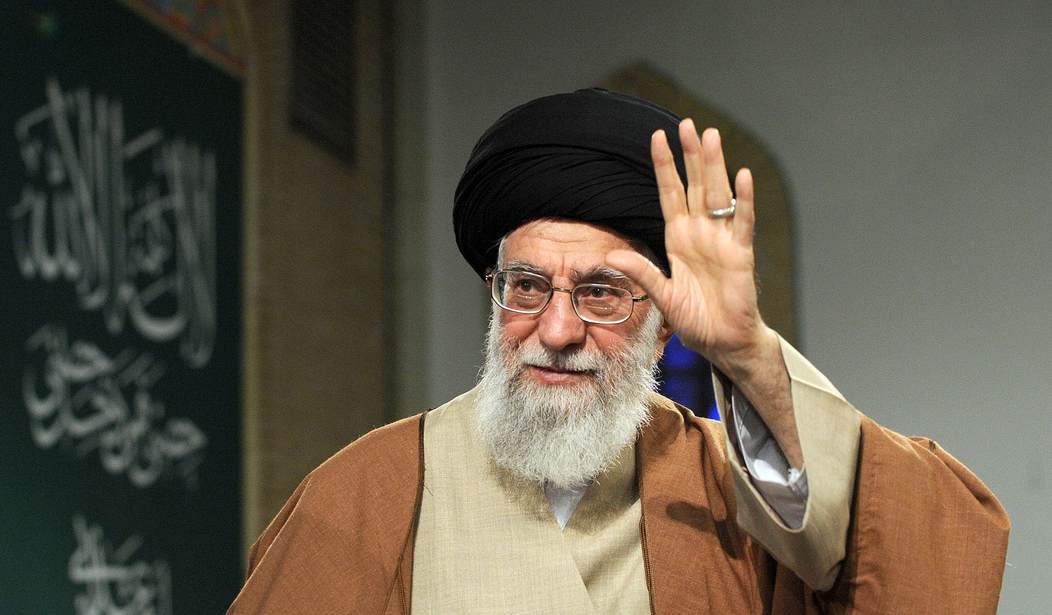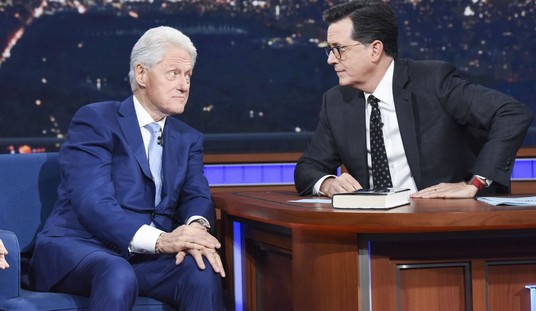Deutsche Welle reports that researchers at Iran’s own Sharif Institute of Technology in Tehran have come up with a best-case and a worst-case scenario on Iran’s coronavirus crisis.
In the best-case scenario—“in which the government quarantines all high-risk areas, people strictly obey quarantine rules, and access to sufficient medical supplies is guaranteed—the country would reach the peak of the epidemic in roughly one week, and the death toll would exceed 12,000.”
The problem with that “best” scenario, however, is that it’s “unrealistic in all three instances: The government can’t impose quarantine, people will not obey quarantine rules, and the medical supply situation is catastrophic thanks to US sanctions and chronic mismanagement.”
(See here for a different view on whether U.S. sanctions—which, by law, “have never prohibited trade in food, medicine, or other humanitarian goods”—are responsible for medical shortages in Iran.)
In light of those realities, then, the Iranian researchers make a different calculation: that “Iran will not reach the peak of the epidemic until late May, and they estimate as many as 3.5 million people could die as a result.”
The situation is already grim, with “more than 16,000 COVID-19 infections registered as of Tuesday evening, with 988 deaths.” But many suspect that, even now, the true state of affairs is much worse; “the World Health Organization (WHO) said Tuesday it believes the actual numbers could be five times higher.”
The more dire assessments were borne out last week by satellite images of vast burial pits being dug in the Qom area.
Meanwhile, facing an immense catastrophe, the regime in Tehran keeps doing what it knows best—attacking others.
The Hill reports that the State Department
announced it is slapping new sanctions on Iran as renewed rocket attacks have been launched at U.S. forces in Iraq by what are believed to be Tehran-backed militias.
Secretary of State Mike Pompeo said in a statement that the sanctions will target nine entities and three individuals “who have engaged in activity that could enable the Iranian regime’s violent behavior.”
“The actions of these individuals and entities provide revenue to the regime that it may use to fund terror and other destabilizing activities, such as the recent rocket attacks on Iraqi and Coalition forces located at Camp Taji in Iraq,” he said….
The Pentagon announced Sunday that two U.S. service members were killed in a Katyusha rocket attack on Camp Taji base, north of Baghdad, which hosts coalition forces engaged in the fight against ISIS. The Defense Department also announced that it had carried out strikes against the Iran-backed militia Kataeb Hezbollah in retaliation for a rocket attack on March 11 that killed two U.S. service members and a British medic.
So much for the tactical level; the regime, which could be facing its own apocalypse, also keeps investing resources in macro-level aggression in the form of nuclear weapons.
Back in November, Iran “marked the 40th anniversary of the US embassy siege” by “launch[ing] a new generation of advanced centrifuges to enrich uranium”—in violation of the JCPOA, of which Iran, along with Russia, China, Britain, France, and Germany, is still a signatory.
More recently, on March 3, in a confidential report leaked to the Associated Press, the International Atomic Energy Agency (IAEA) announced that Iran has
nearly tripled its stockpile of enriched uranium since November in violation of its deal with world powers and is refusing to answer questions about three possible undeclared nuclear sites…. The stockpile puts Iran within reach of the amount needed to produce a nuclear weapon….
Although, with its stepped-up nuclear development, Iran hopes to pressure the Europeans and the U.S. into easing the sanctions, it is also pursuing the basic goals of its nuclear program all along: to ascend to the top rung of world powers, to greatly enhance its ability to “export the revolution,” and—for now—to wipe the “Little Satan,” Israel, off the map (see here for the most recent threat to “raze Tel Aviv to the ground”).
Iran’s ongoing belligerency in the face of a pandemic it is helpless to counteract invites comparison with the latter days of the Nazi regime, which kept investing great resources in the extermination of European Jewry even as it was clear that it was losing the war.
Although it is not yet clear at this point whether the regime in Tehran is on its last leg, it is well evident that even the specter of a domestic cataclysm has not weakened its obsessions.









Join the conversation as a VIP Member